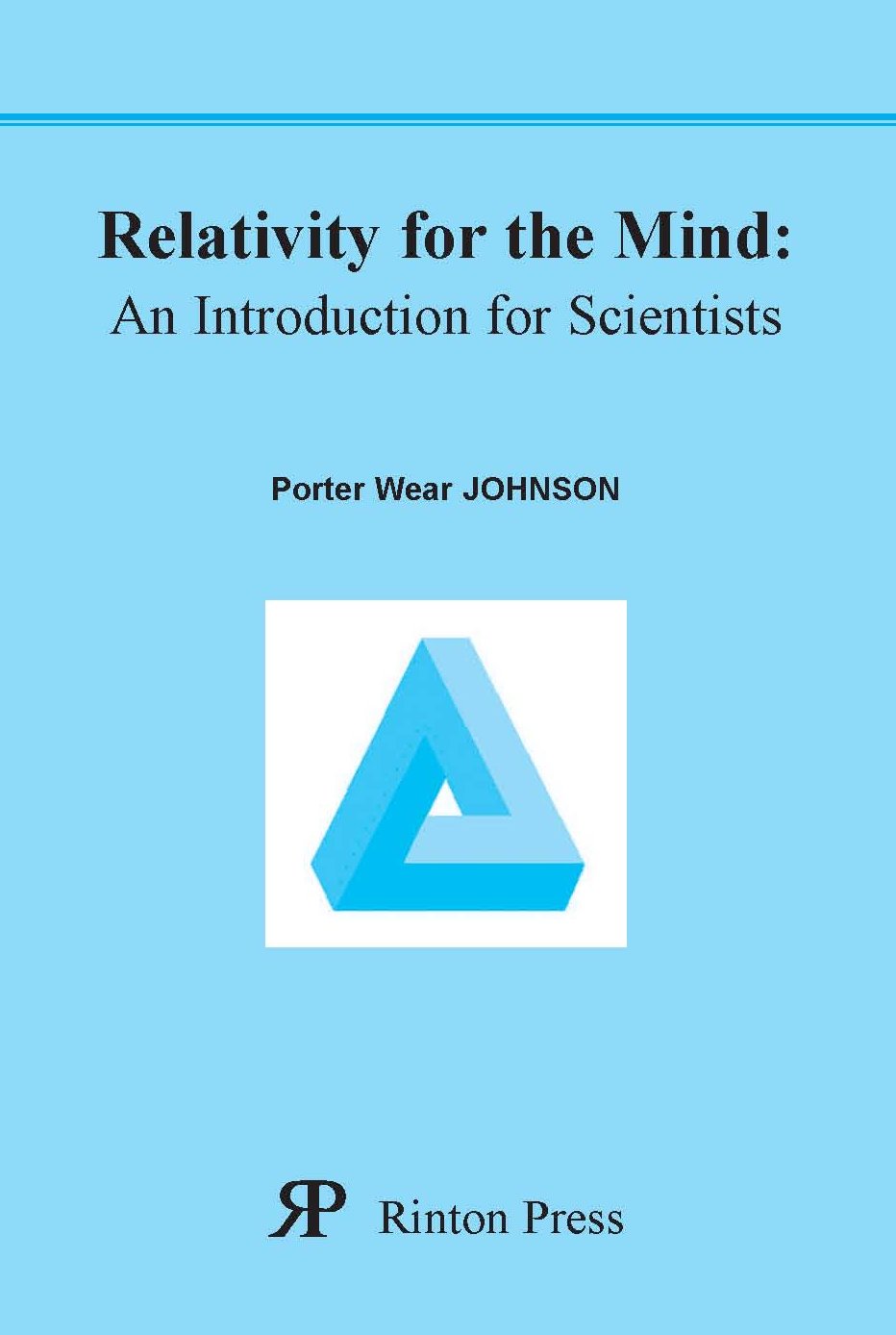|
 
Why study relativity? It certainly is
useful in a wide variety of contexts, but that is not
all. It is a prime ingredient of theoretical physics,
and its study improves the mind. One obtains an
understanding of time, space, and matter through the
mind-honing precision of its mathematical
language.
The development of the special and general theories is
self-contained. Vectors, tensors, geodesics, and
differential geometry are described in simple terms.
Applications are made to synchrotron and Cherenkov
radiation, astrophysics, accelerator physics, optics,
and statistical mechanics.
As any other subject in physics, relativity can only be
learned by thinking, writing, and worrying. The book
contains numerous problems and detailed solutions.

undergraduate students, graduate students, teachers, researchers interested in modern physics. |

1. Special Relativity
Prologue
Lorentz Transformation
Experimental Consequences
Geometry of Space-time
Tachyons
Exercises, with Solutions
2. Relativistic Dynamics
Rockets
Lagrangian Formulation
Particle in Electromagnetic Field
Uniform Electric and Magnetic Fields
Bounded Trajectories in Coulomb Field
Unbounded Coulomb Trajectories
Exercises, with Solutions
3. The Electromagnetic Field
Electromagnetic Field Dynamics
Electromagnetic Field Energy
Electromagnetic Fields of a Point Charge
Exercises, with Solutions
4. Electromagnetic Radiation
Introduction
Synchrotron Radiation
Cherenkov Radiation
Exercises, with Solutions
5. Physics in Curved Spacetime
Geometry of Curved Spacetime
Rindler Space |
Tensor Analysis
Killing Vectors
Exercises, with Solutions
6. Dynamics of the Gravitational Field
Relativistic Hydrodynamics
Riemannian Geometry and Physics
Gravitational Field Equations
Schwarzchild Metric: Point Mass
Kruskal Extension
Exercises, with Solutions
7. Solar and Stellar Systems
Gravitational Redshift
Relativity in Planetary Orbits
Deflection of Light Near the Sun
Time Delay of Reflected Signals Passing near the
Sun
Rotational Dragging
Exercises, with Solutions
8. Large Scale Gravitation
Propagation and Detection of Gravitational Waves
Cosmology
Brans-Dicke Theory
Epilogue
Exercises, with Solutions
Appendix
Frequently Used Symbols
Vector Analysis
Chronology
Bibliography
Index
|
|

